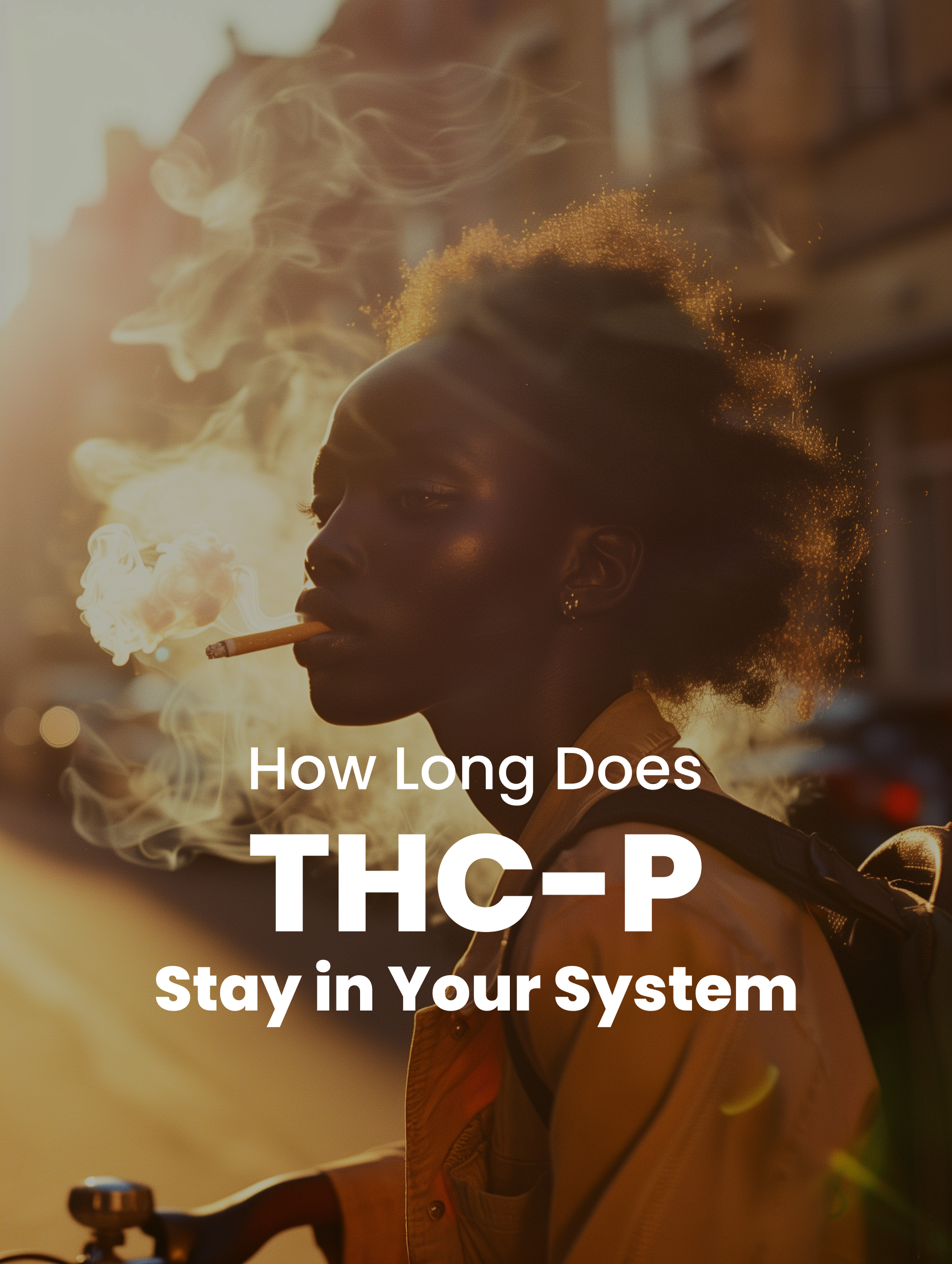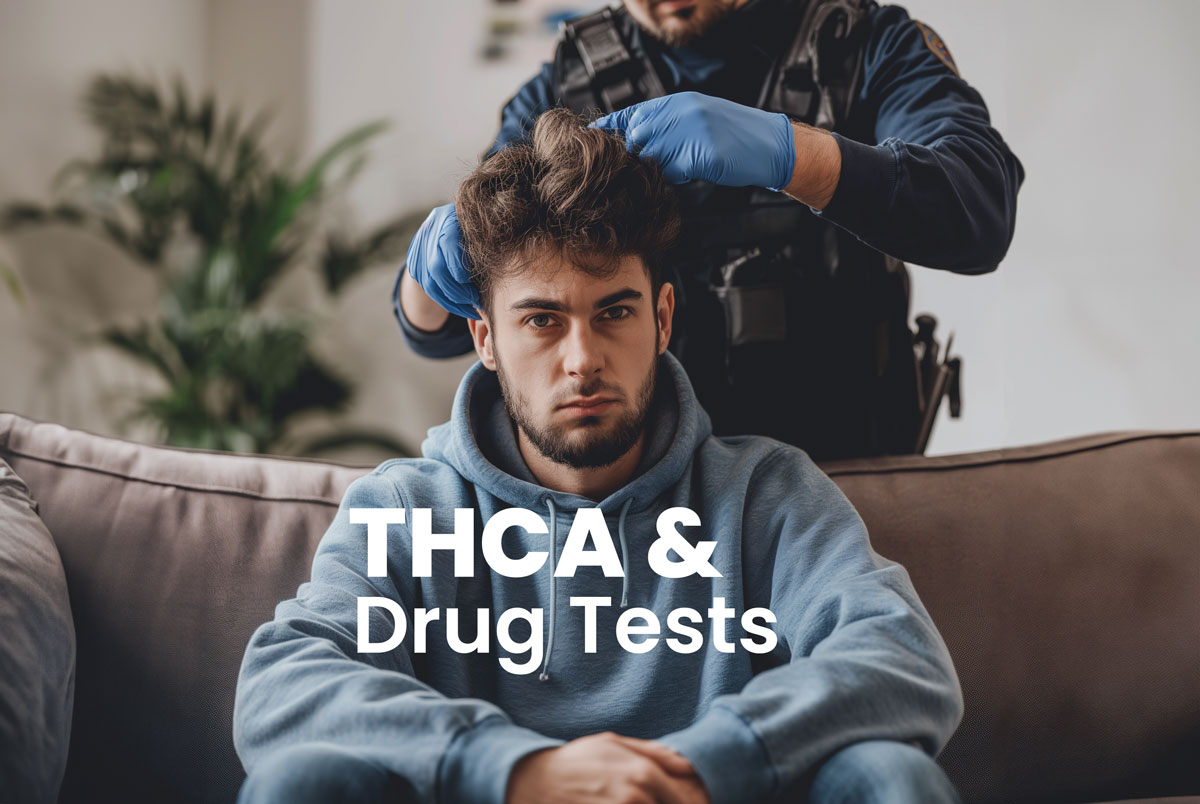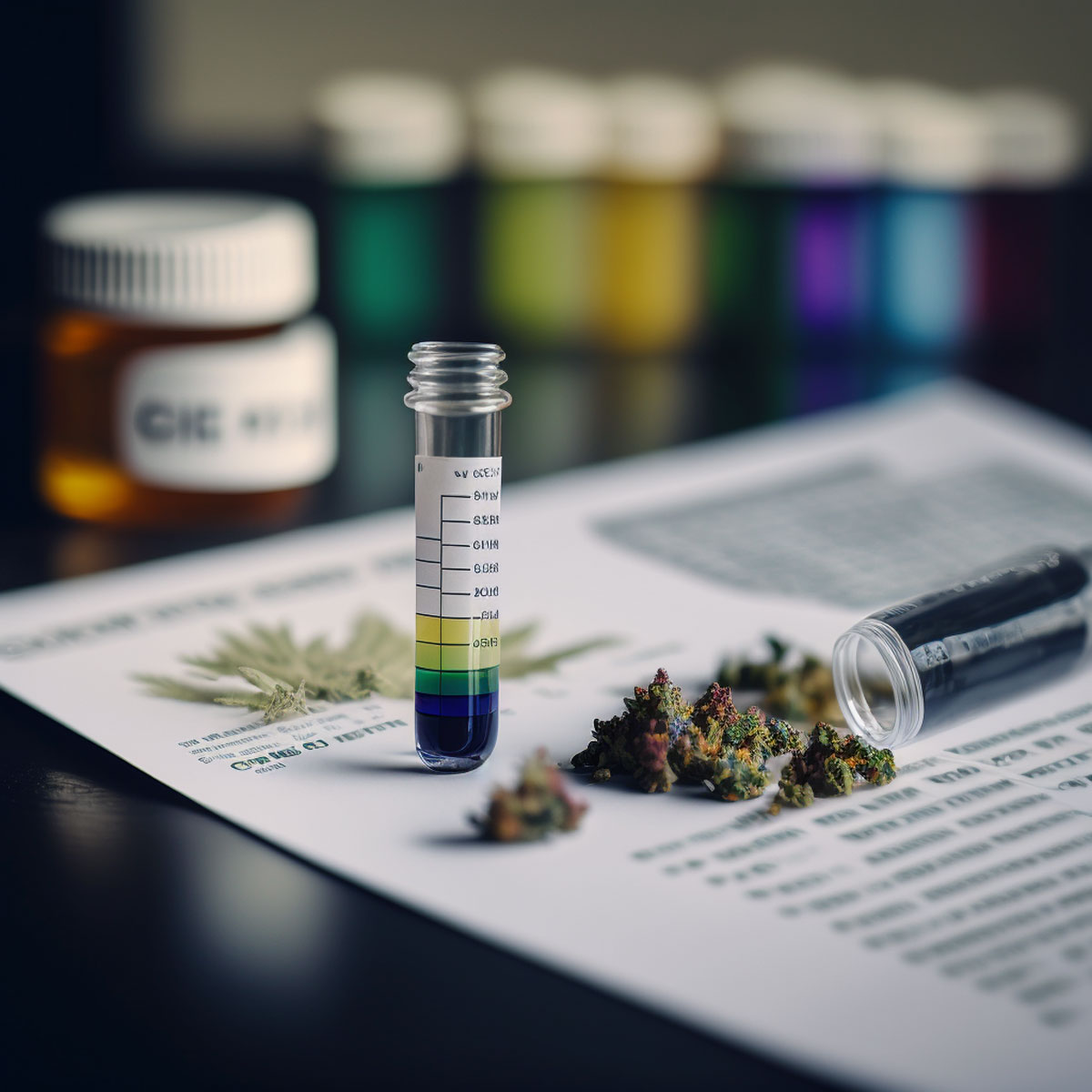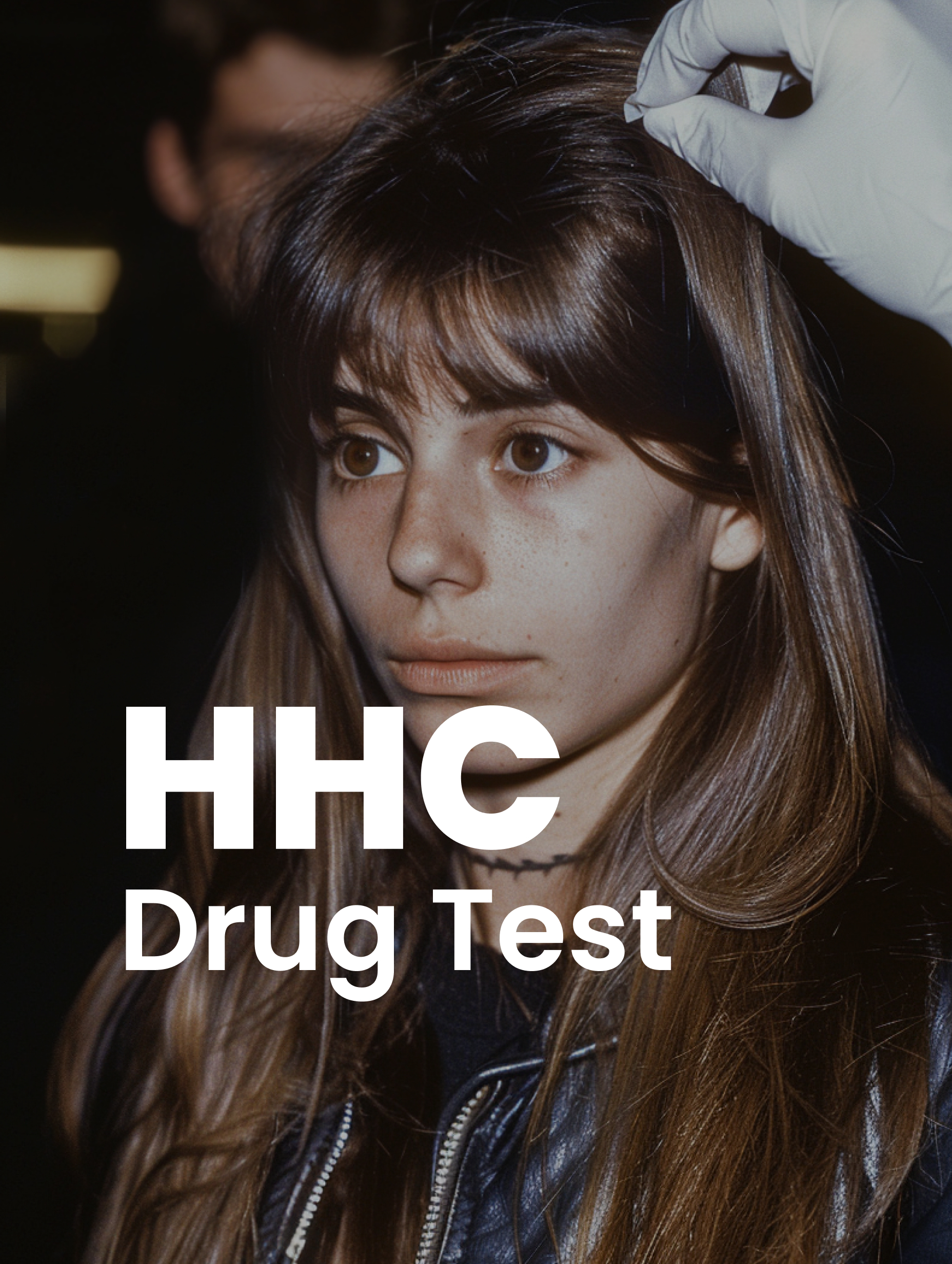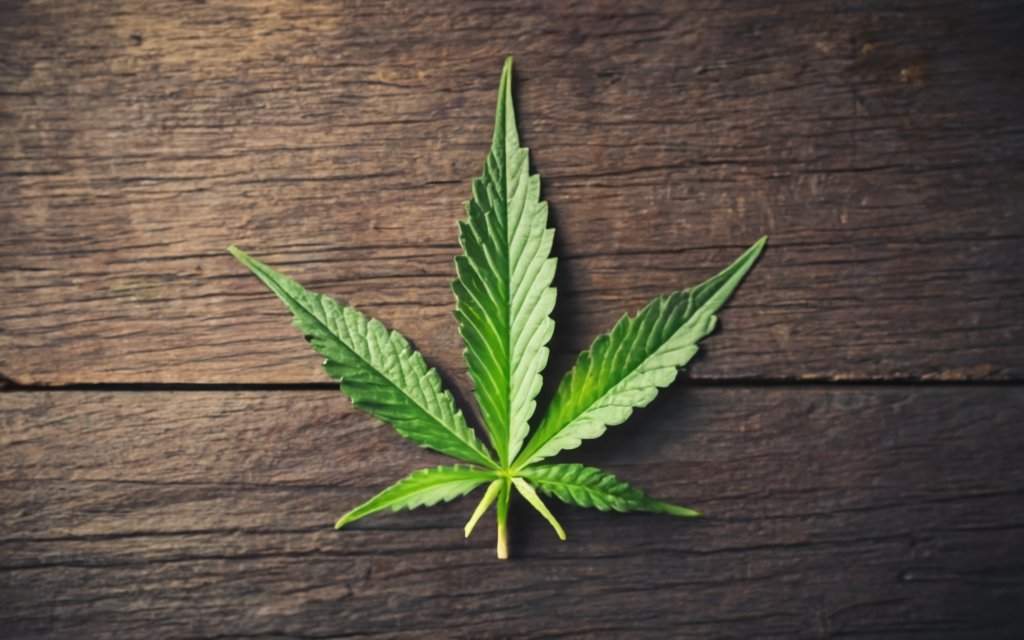THC-P and Drug Testing: Will You Pass or Fail?
Tetrahydrocannabiphorol (THC-P) is a novel cannabinoid that has recently gained attention in the cannabis industry. As the use of this potent compound becomes more prevalent questions about its detectability in drug tests have arisen.
This article provides an in-depth look at the relationship between THC-P and drug testing including how tests detect cannabinoids factors affecting detection times and strategies for minimizing the risk of unwanted detection.

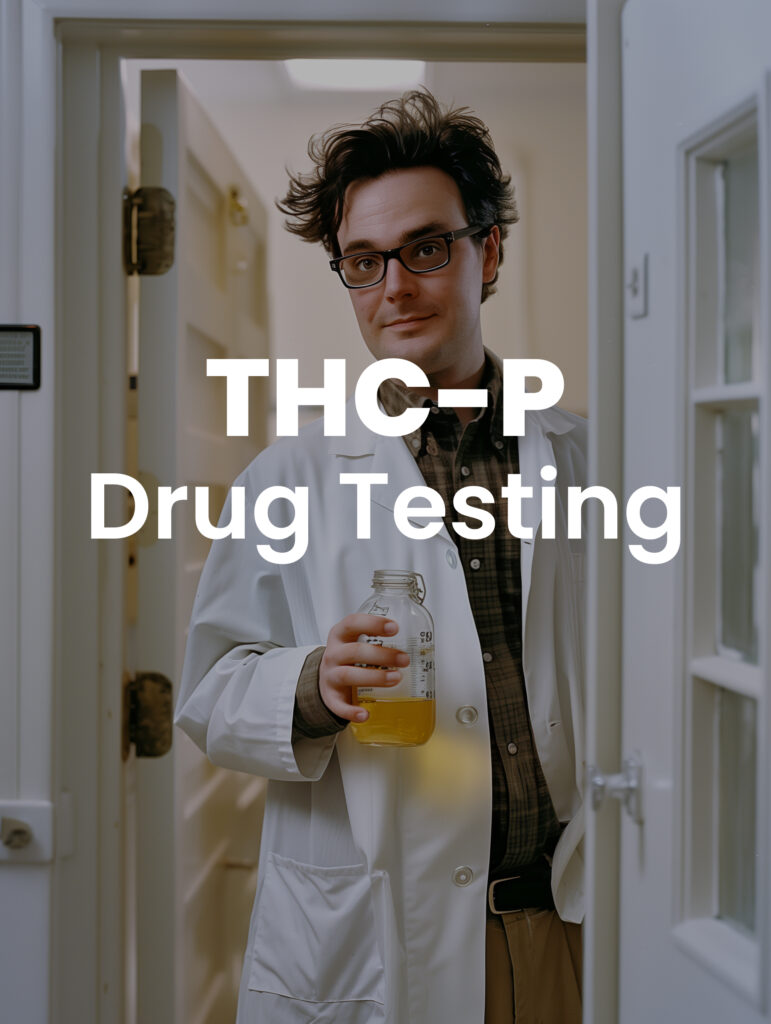
Key Takeaways
- THC-P is a potent cannabinoid found in cannabis plants, with a molecular structure similar to THC but with a longer alkyl side chain.
- Standard drug tests detect THC and its metabolites, which may cross-react with THC-P due to their structural similarities.
- Factors such as frequency of use, individual metabolism, body composition, consumption method, and testing method can impact the detectability and duration of THC-P in drug tests.
- Estimated detection windows for THC-P in various drug tests are: 3-30 days for urine tests, 1-7 days for blood tests, 1-3 days for saliva tests, and up to 90 days for hair follicle tests.
- The legal status of THC-P varies by jurisdiction and source, with marijuana-derived THCP generally being illegal and hemp-derived THCP occupying a legal gray area.
- Strategies to reduce the risk of testing positive for THC-P include abstinence, understanding testing requirements, selecting reputable products, allowing adequate clearance time, and considering alternative cannabinoids.
Understanding the Cannabinoid

THC-P is a naturally occurring cannabinoid found in cannabis plants. It is also important to be aware that some prescription medications may trigger false positives on drug tests so it is crucial to disclose any medications you are taking if you are required to undergo testing.
Although THC-P is found in cannabis plan. Most drug tests are designed to detect the presence of THC and its metabolites in the body. These screening tests are often used in workplaces schools and other settings to detect the presence of illegal drugs.
Its it is typically present only in small amounts. It is an analog of tetrahydrocannabinol (THC) the primary psychoactive compound in marijuana. The key difference between THCP and THC lies in their alkyl side chains with THC-P having a longer seven-carbon chain compared to THC’s five-carbon chain.
This structural difference isIf you choose to use THC-P products ensure thought to contribute to THC-P’s increased potency which is estimated to be up to 33 times higher than that of THC. The heightened psychoactive effects of THCP have sparked interest in its potential therapeutic applications as well as concerns about its abuse potential and impact on drug testing.
Detection Methods for Cannabinoids
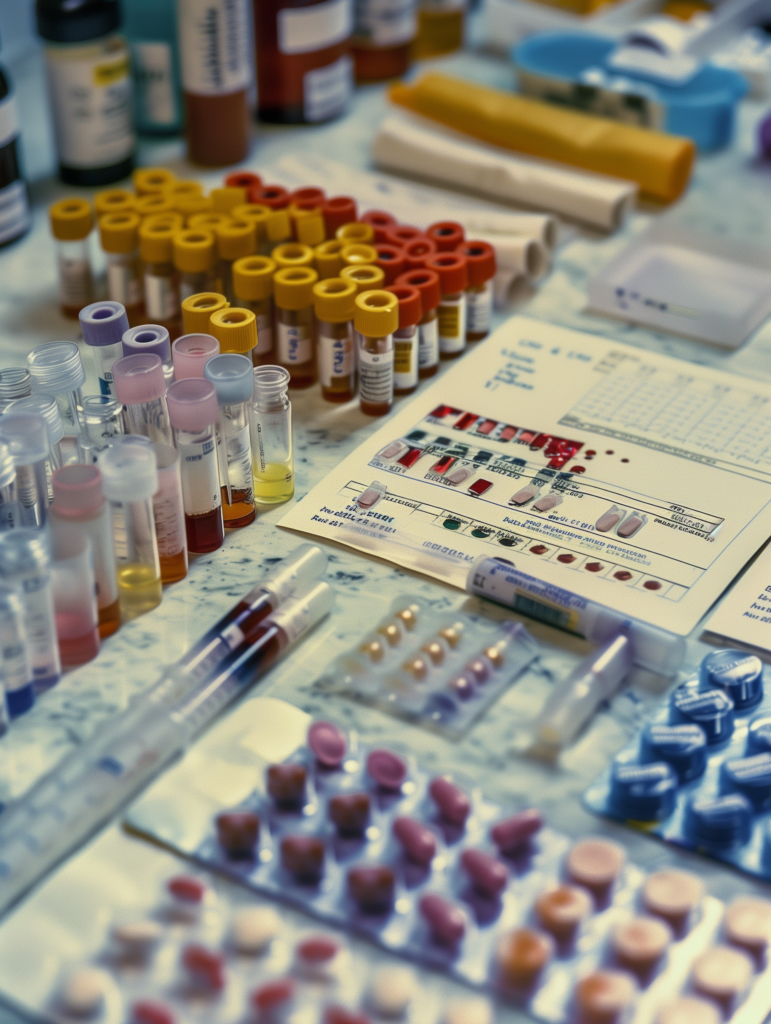
Most standard drug tests are designed to detect THC and its metabolites rather than specific cannabinoids like THC-P. When consumed THC is metabolized by the body into various compounds including 11-nor-9-carboxy-THC (THC-COOH) which is the primary target of drug tests.
Given the structural similarities between THC-P and THC it is likely that THCP is also metabolized into THC-COOH or similar detectable compounds. THC-COOH can be detected in laboratory tests that measure the levels of this metabolite in urine blood or other biological samples. In contrast blood tests can detect recent cannabinoid use typically within 24 hours to a few days after consumption.
Additionally some drug tests may cross-react with THC-P due to its resemblance to THC potentially leading to positive results even in the absence of THC itself.
Variables Influencing Detection

Several factors can impact the detectability and duration of THC-P in drug tests:
- Frequency and amount of use: Regular or heavy users of THC-P are more likely to have detectable levels of the cannabinoid and its metabolites in their system for longer periods compared to infrequent or light users.
- Individual metabolism: The rate at which THC-P is metabolized and eliminated from the body can vary from person to person based on factors such as age genetics and overall health. Factors such as age overall health and white blood cells count can also impact how quickly the body metabolizes and eliminates cannabinoids and their metabolites. If you are unsure about how long THC-P may be detectable in your system it may be best to abstain from use for an extended period before you are required to order the test.
- Body composition: Cannabinoids and their metabolites tend to accumulate in fat cells. As a result individuals with higher body fat percentages may retain detectable levels of THC-P for longer durations.
- Consumption method: The route of THC-P administration (e.g. inhalation ingestion) can influence its absorption and metabolism in the body.
- Testing method: Different types of drug tests have varying detection windows and sensitivities. For example urine tests can typically detect cannabinoids for several days to weeks after use while hair drug testing can detect use over the past 90 days.
Estimating Detection Windows

Currently there is limited research specifically addressing the detection times of THC-P in drug tests. However based on the available information about THC and other cannabinoids the following general estimates can be made:
- Urine drug tests: 3-30 days
- Blood tests: 1-7 days
- Saliva tests: 1-3 days
- Hair follicle tests: Up to 90 days
It is crucial to recognize that these are rough estimates and individual factors can significantly impact the actual detection times.
Legal Considerations
The legal status of THC-P is complex and varies based on jurisdiction and the source of the cannabinoid. In most countries marijuana-derived THCP is illegal due to its psychoactive nature. However the legal landscape surrounding hemp-derived cannabinoids including THC-P is more ambiguous and subject to ongoing regulatory changes.
In the United States the 2018 Farm Bill legalized hemp and its derivatives provided they contain less than 0.3% THC by dry weight. This has led to the emergence of various hemp-derived cannabinoids that occupy a legal gray area. The specific legal status of hemp-derived THCP is not yet well-defined and may differ by state.
Reducing the Risk of Detection
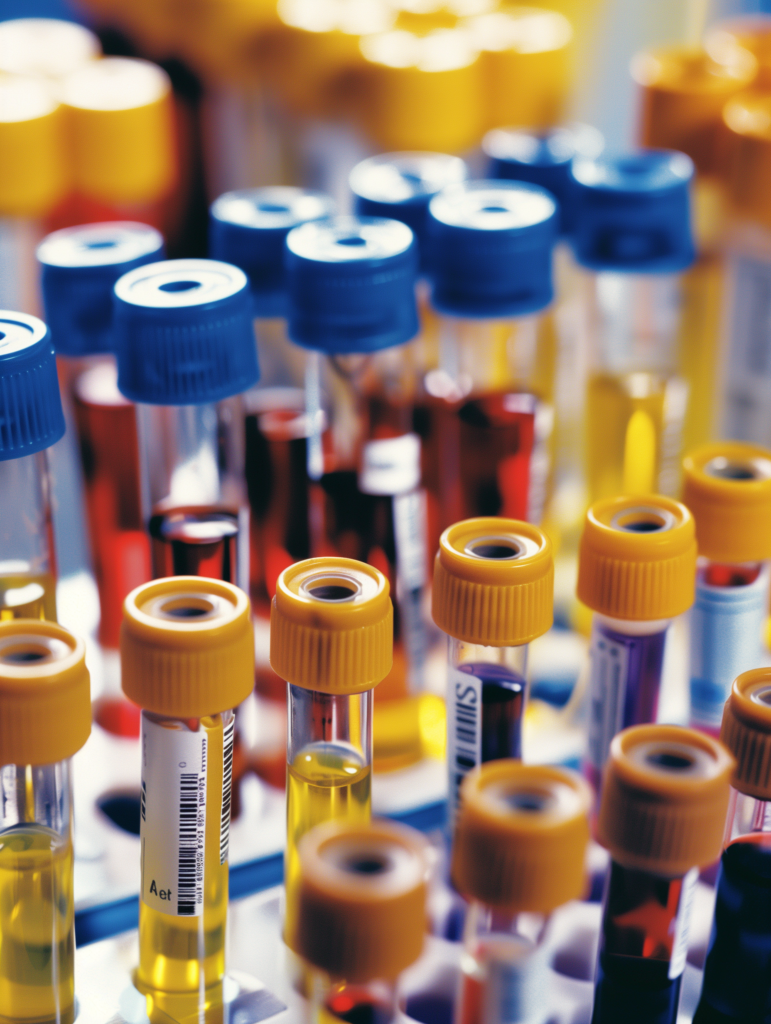
For individuals who are subject to drug testing and wish to minimize the risk of a positive result due to THC-P use several strategies can be employed:
- Abstinence: The most reliable way to avoid a positive drug test is to refrain from using THCP and other cannabinoids entirely.
- Knowledge of testing requirements: Understand the type and frequency of drug tests you may face as well as any specific policies regarding cannabinoid use.
- Product selection: If using THC-P products choose reputable sources that provide third-party lab testing results to confirm the cannabinoid content and purity.
- Clearance time: Allow adequate time for your body to metabolize and eliminate THC-P before undergoing a drug test. Keep in mind that detection times can vary widely based on individual factors.
- Alternative cannabinoids: Consider using cannabinoids that are less likely to cross-react with standard tests such as cannabidiol (CBD) or cannabigerol (CBG) if seeking the potential benefits of cannabinoids while avoiding the risk of a positive drug test.
Final thoughts
As THC-P gains prominence in the cannabis industry it is crucial for individuals to understand its potential impact on drug testing. Although specific tests for THCP are not yet widely available the structural similarities between this cannabinoid and THC suggest that it may be detectable by standard drug tests.
One important consideration is to be aware of your employer’s policies regarding drug use and random drug testing.
By comprehending the factors that influence THC-P detection and implementing strategies to minimize the risk of unwanted detection individuals can make informed choices about their cannabinoid use and safeguard themselves from potential legal or professional repercussions.
Ultimately it is essential to prioritize personal health and well-being and to use cannabinoids responsibly and in compliance with applicable laws and regulations.
Frequently Asked Questions
Can THC-P cause a positive drug test result?
Yes due to its structural similarity to THC THC-P may be detected by standard drug tests that screen for THC and its metabolites.
How long can THC-P be detected in drug tests?
The detection times for THC-P may vary depending on factors such as frequency of use individual metabolism and the type of drug test. Generally THC-P may be detectable for several days to weeks in urine tests and up to 90 days in hair follicle tests.
Is THC-P legal?
The legal status of THC-P depends on the jurisdiction and the source of the cannabinoid. In most countries marijuana-derived THCP is illegal while the legality of hemp-derived THCP is subject to ongoing regulatory changes.
How can I reduce the risk of testing positive for THC-P?
To minimize the risk of a positive drug test result due to THC-P use strategies such as abstinence understanding testing requirements selecting reputable products allowing adequate clearance time and considering alternative cannabinoids can be employed.
Are there specific drug tests for THC-P?
Currently there are no widely available drug tests specifically designed to detect THC-P. However standard drug tests that screen for THC and its metabolites may cross-react with THCP due to their structural similarities.
Cross-reactivity can sometimes lead to false positives which means that a test may indicate the presence of an illicit drug even if the individual has not actually used that substance. However, negative results on a drug test do not always guarantee the absence of THC-P use, as the test may not be sensitive enough to detect trace amounts of the cannabinoid or its metabolites.
Urine samples are among the most common biological materials used in drug testing, as they can provide a detection window of several days to weeks for THC and its metabolites.
The statements on this blog are not intended to diagnose, cure, treat or prevent any disease. FDA has not evaluated statements contained within the blog. Information on this website or in any materials or communications from Inheal is for educational/informational purposes only and is not a substitute for medical advice, diagnosis, or treatment. Please consult your healthcare provider before making any healthcare decisions, correct dosage or for guidance about a specific medical condition.

A connoisseur of cannabis creativity and true contemplation with more than 20 years of experience, Chris extracts deep thoughts from getting lightly baked and shares his wandering mind. He blends cuisine and cannabis culture into nutritious, delicious recipes and insights for other hemp lovers.
Related Posts

How Long Does THC-P Stay in Your System?

Does THCA Show Up on a Drug Test?

Does Delta 8 Show Up on a Drug Test? Surprising Answer Inside!

How Long Do Edibles Stay in System for Drug Tests?

Will HHC Show Up On A Drug Test? The Comprehensive Guide

How to Talk to Your Kids About Weed

Discover Budtender Life: Work at a Cannabis Dispensary

Is HHC Legal in Your State? Everything You Need To Know

How Long Does Delta 8 Stay in Your System? Find Out Now!
All Posts


